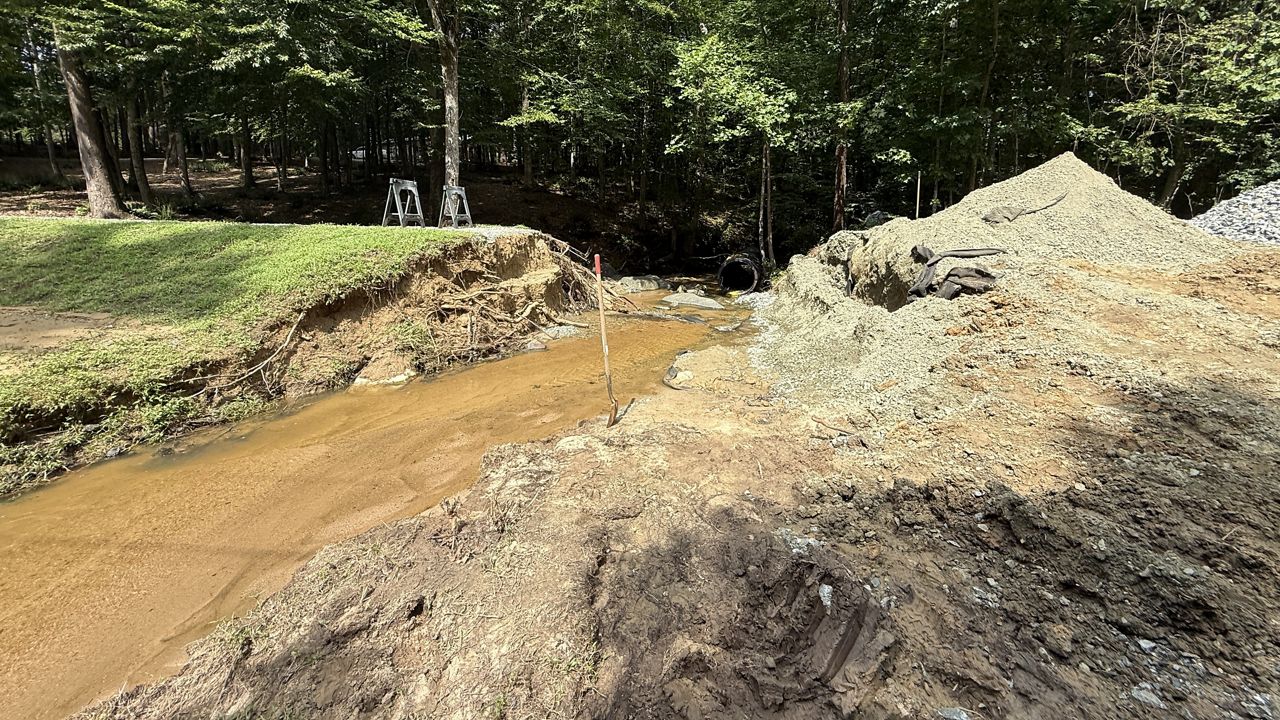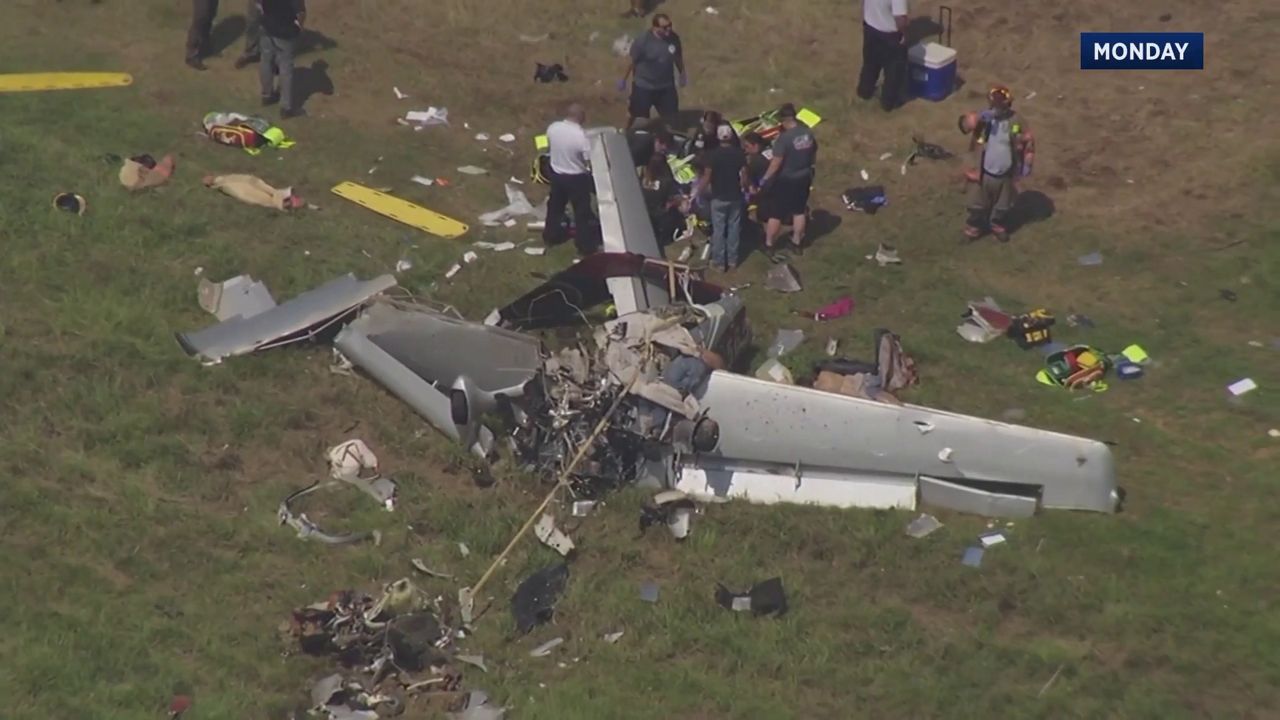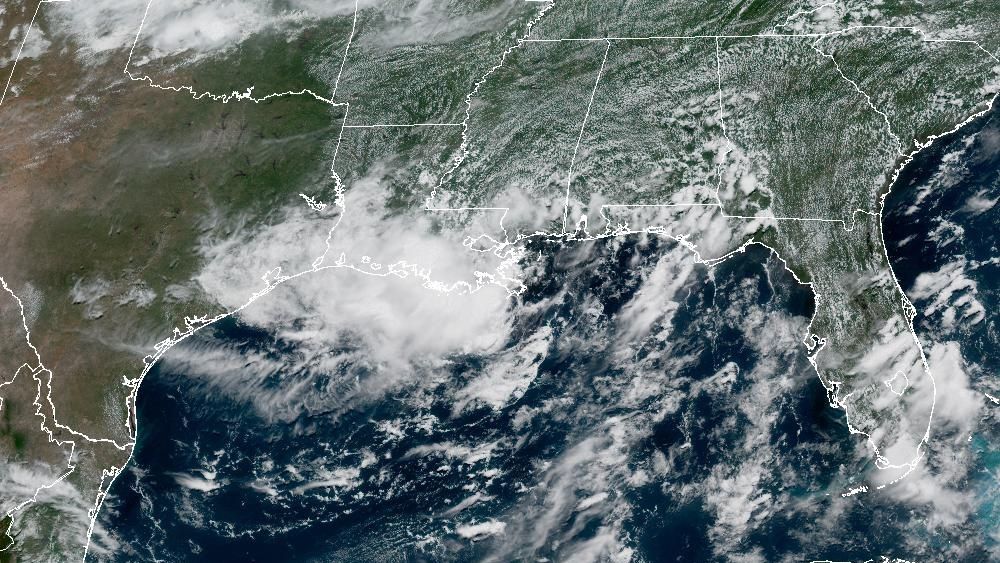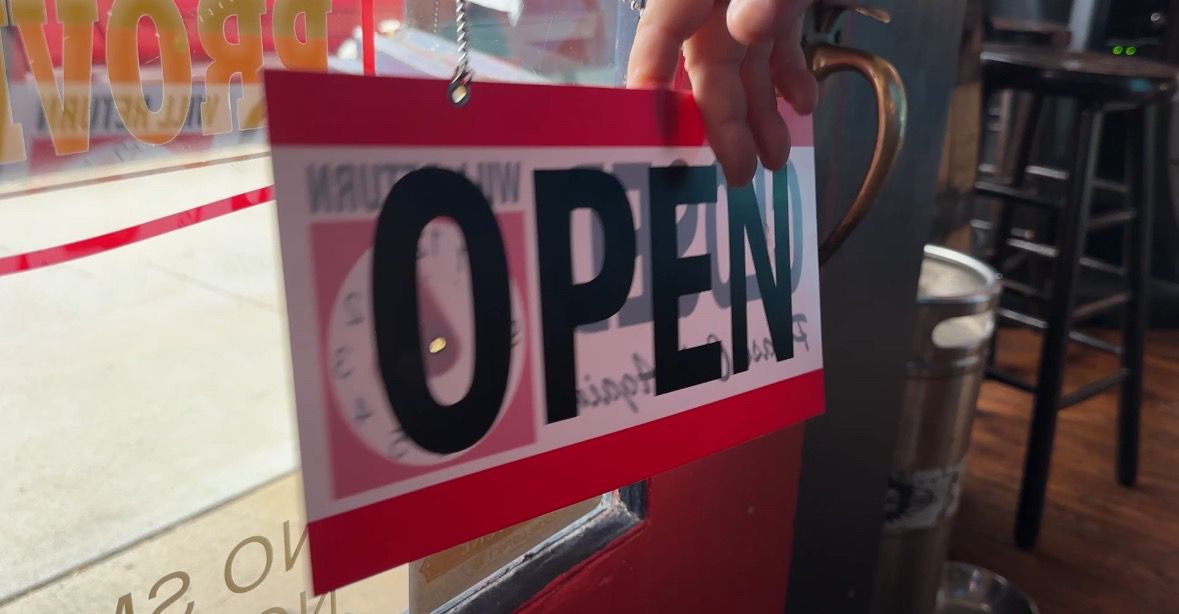BOONE, N.C. — Chad Michael started ArborCare Tree Service, Inc. 24 years ago when he was a student at Appalachian State University.
What You Need To Know
- Snow has been so high in the Boone area recently that some people abandoned their homes and cars
- Chad Michael started ArborCare Tree Servce, Inc. 24 years ago when he was a student at Appalachian State University
- He says he's worked nearly every storm in the High Country and lately has been working nonstop
- Planning ahead is key, but AAA is releasing tips for anyone who has to drive in wintry conditions
"I have worked pretty much every storm here in the High Country, back to '90 when we had over 180 inches that year, which is a lot of snow for Boone. I have been here for 24 years working snow removal and tree service," Michael said.
He has been working nonstop, especially with the recent winter storm events.
"Sixteen-hour days. Sleeping about three," Michael said. "There's probably about two feet of snow drifts."
Michael said snow has been so high recently that people have been abandoning their homes and cars. Others are in more serious situations.
"There were people running out of food, so we are going out and rescuing people, getting them out of the homes and then going back and finishing the driveway," Michael said.
Michael said he's always willing to help people in the community but he hopes these recent snow storms remind people to always plan ahead.
Related story: Prepare now: 10 tips to help you get through a winter storm in N.C.
If you have to drive during a winter weather event, which public officials advise against if possible, here are some tips for winter weather driving from AAA:
- Drive slowly. Always adjust your speed down to account for lower traction when driving on snow or ice
- Accelerate and decelerate slowly. Apply the gas slowly to regain traction and avoid skids. Don’t try to get moving in a hurry and take time to slow down for a stoplight. Remember: It takes longer to slow down on icy roads
- Increase your following distance to five to six seconds. This increased margin of safety will provide the longer distance needed if you have to stop
- Know your brakes. Whether you have antilock brakes or not, keep the heel of your foot on the floor and use the ball of your foot to apply firm, steady pressure on the brake pedal
- Don’t stop if you can avoid it. There’s a big difference in the amount of inertia it takes to start moving from a full stop versus how much it takes to get moving while still rolling. If you can slow down enough to keep rolling until a traffic light changes, do it
- Don’t power up hills. Applying extra gas on snow-covered roads will just make your wheels spin. Try to get a little inertia going before you reach the hill and let that inertia carry you to the top. As you reach the crest of the hill, reduce your speed and proceed downhill slowly
- Don’t stop going up a hill. There’s nothing worse than trying to get moving up a hill on an icy road. Get some inertia going on a flat roadway before you take on the hill









